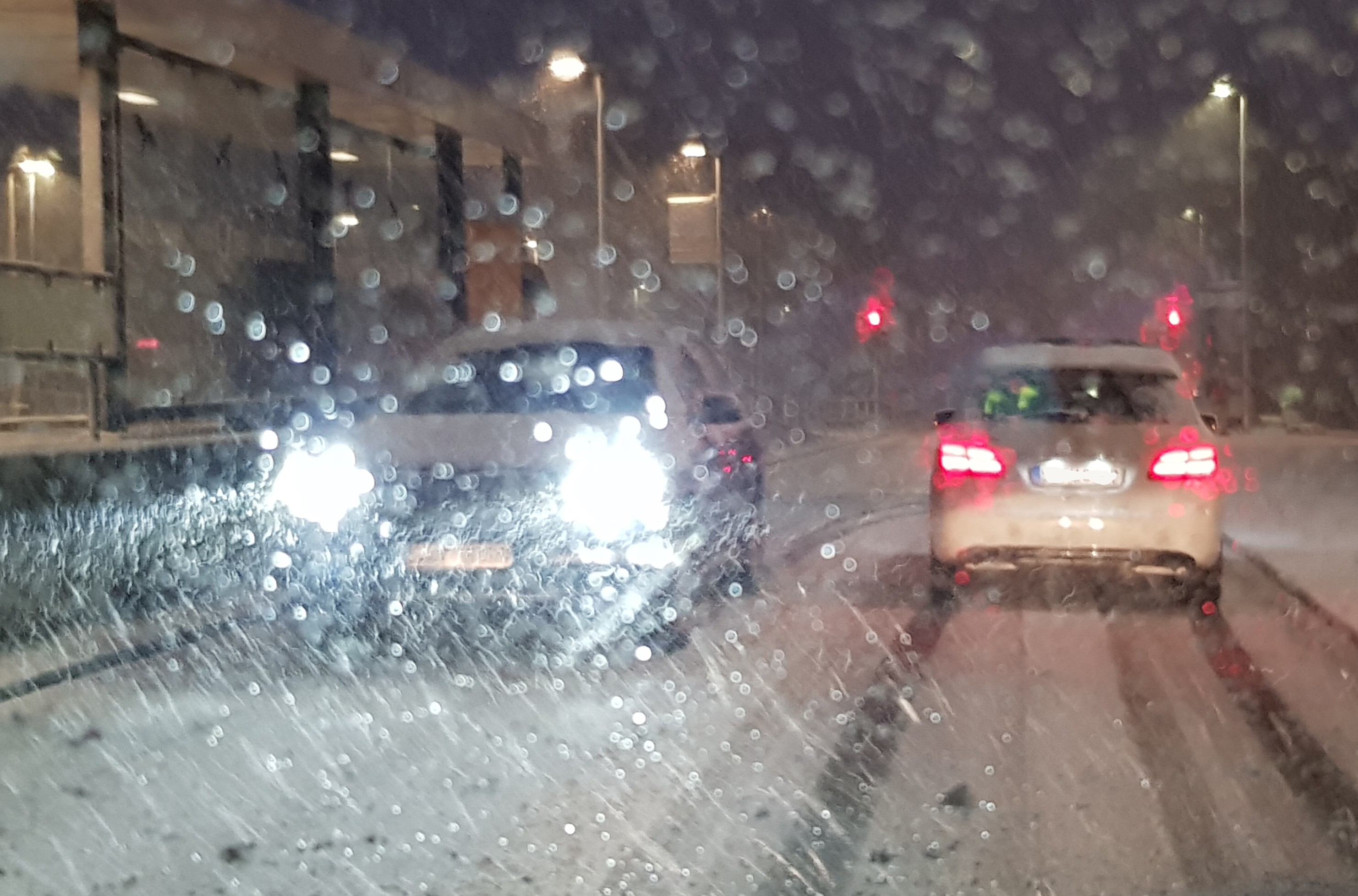Bigger gaps and lower speeds on winter roads


In the early months of the year, winter sports enthusiasts once again flock to the mountains. And with coronavirus restrictions wound down, there is the promise of more relaxed fun out on the snow than in the past few years. However, safe driving on mountain roads requires a fully winterized vehicle and an appropriate driving style.
Just like skis on the slopes, vehicle tires must have a good grip – especially on slippery winter roads. In countries like Germany, winter tires are required by law when driving in winter conditions such as snow, ice and frost. These tires can be identified by the three-peak mountain and snowflake symbol (also known as the Alpine symbol). To ensure secure grip, DEKRA’s experts recommend that winter tires have a minimum tread depth of 4 millimeters (5/32 inches). In Austria, those who fail to meet this minimum standard could even be fined.
Drivers traveling to high-altitude areas should also keep the appropriate snow chains on board to ensure they are prepared for the snowfall they hope for. It is best to practice fitting the chains on the tires in the garage at home before setting off. Learning how to do this on the fly in cold conditions or heavy snow would be nerve-wracking and entail unnecessary risk. It is important to bear in mind that, in Germany, there is a 50 km/h (31 mph) speed limit for vehicles with snow chains.
It is often difficult to tell at first glance which stretches of road are hazardous in the wintertime. Classic danger spots include bridges, the tops of hills, tunnels and forest roads, which can become particularly cold and, in turn, dangerously slippery – even if the road surface is otherwise dry and gives good grip. A snowflake sign by the side of the road indicates an increased risk of roadway icing.
On wet, snowy or icy roads, it is generally advisable to drive at a slower speed and maintain a bigger gap between vehicles. Even at 50 km/h (31 mph), a vehicle’s stopping distance on snow or ice is easily double or more than in dry conditions, warn DEKRA’s accident experts. It is also safer if drivers switch their headlights to low beam on dark days and make sure that their windows and assistance system sensors are clear of snow too.